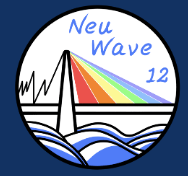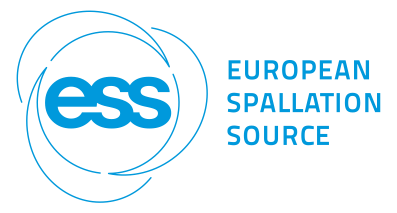Speaker
Description
The history of technology of ancient civilizations is mainly the history of their metallurgical capa-bilities. In fact, metal tools, weapons and art objects were produced using the most advanced knowledge developed by the different civilization, since metalworking requires a wide amount of technical skill and empirical knowledge of complex thermal and mechanical phenomena. Ancient metal artefacts are often studied by extracting sections and applying analytical methods devel-oped within contemporary industrial metallurgy. Several of these methods are destructive or based on basic assumptions on sample composition and thermo-mechanical history that are not available for historical artefacts. What is necessary is, actually, a sort of reverse engineering to de-rive manufacturing procedures.
The most effective and, in practice, the only methods able to provide such analysis in a non-invasive way are those based on neutron methods as White Beam Neutron Tomography (WB-NT), Time of Flight Neutron Diffraction (ToF-ND) and Bragg Edge Neutron Transmission (BENT) analy-sis.
We present here an overview of the results of the analysis performed on historical bronze artefacts belonging to different civilizations and time periods obtained through WB-NT and BENT, showing how it is possible to map the main compositional, morphological and microstructural characteris-tics of different technological procedures. From the position of the casting moulds, reconstructed through the distribution of porosity or the presence of single crystal spots, to the identification and reconstruction of welding, repair and cast-on interventions. It will be highlighted how these two imaging techniques can precisely characterize the artefacts, not only from a morphological but also a microstructural point of view [1].
Thanks to the collaboration with prestigious Italian and international museum and conservation institutes, which have made it possible to study bronze masterpieces from the Bronze Age to the Renaissance, the versatility and utmost importance of WB-NT and BENT will be highlighted in deepening the diagnostic study of these artefacts, allowing a cognitive advancement not only of the materials, but also of their manufacturing history.
References
[1] Cantini, F., Creange, S., Li, Y., van Eijck, L., Kardjilov, N., Kabra, S., & Grazzi, F. (2024). Morpho-logical and microstructural characterization of an ancient Chola bronze statuette by neutron-based non-invasive techniques. Archaeological and Anthropological Sciences, 16(3), 1-16.
| Abstract Topic | Application studies |
|---|

